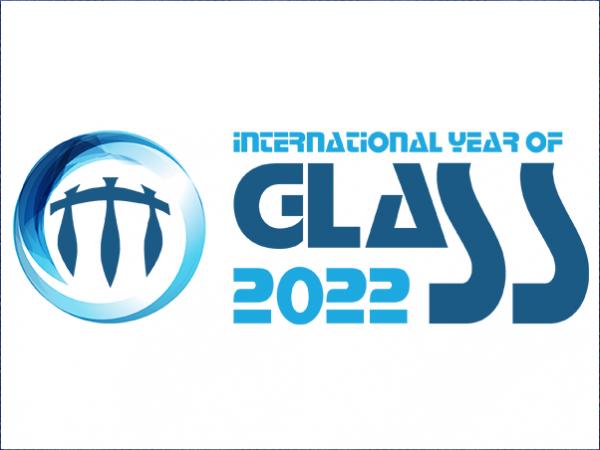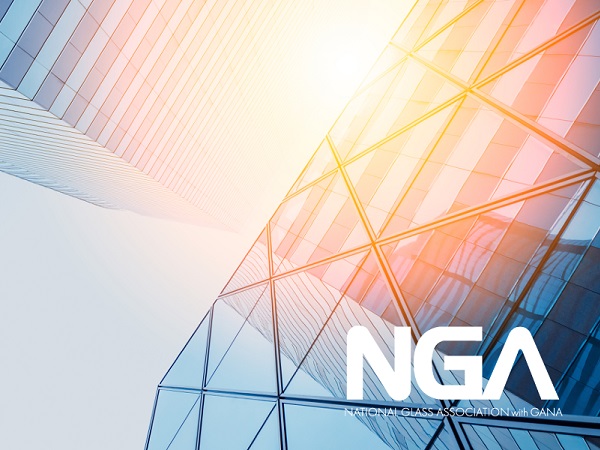
Date: 16 December 2019
These resolutions have recognized and celebrated professional bodies, museums, journals and academia, while stimulating renewed contributions to society. Examples during the 21st century include the International Year of Astronomy, 2009, the Year of Chemistry, 2011, the Year of Light & Light-Based Technologies, 2015, and the Year of the Periodic Table, 2019.
Against this storied background and supported by sound arguments, an international groundswell has arisen to pursue a United Nations International Year of Glass for 2022 which will underline the technological, scientific and economic importance of glass — that transparent and enabling material underpinning many of our technologies and which can facilitate the development of more just and sustainable societies to meet the challenges of globalization.
With their unparalleled versatility and technical capabilities, glassy materials have in recent decades fostered numerous cultural and scientific advancements:
- Glass optical fibers have stimulated a change of paradigm that has led to a global communications revolution; they are the backbone of the internet and the associated globalization of information. Glass is the main conduit of our knowledge-based society,
- Glass artists across the globe have given humankind an awareness of this wonderful material including its remarkable methods of fabrication, inherent beauty, and ability to capture and display nature’s full spectrum of color.
- Glass sheets support solar cells and give clean energy; glass fibers reduce our carbon footprint by strengthening wind turbine blades, by insulating our homes and through carbon capture and sequestration (CCS); the vitrification of hazardous waste is increasing nuclear energy safety,
- Bioglass compositions have advanced health care with their ability to: integrate with human bone; stimulate the human body’s natural defense to heal flesh wounds; aid tissue design and regeneration; and resolve hearing and dental issues.
- Glass optics and optoelectronics have evolved so that the James Webb space telescope can now study the very first moments after the big bang and expand understanding of the Universe.
- Glassmakers have given us touch-sensitive glass covers for our mobile phones and have dramatically improved the reliability of the EpiPen treatment of allergic reactions.
- Glass melting is being de-carbonised and glassy products are being safely recycled.
- Archaeologists are learning more about ancient trade routes and the politics of raw materials.
In summary, glass is the transparent tool that can underpin sustainable, more developed and just societies, it is an important medium for art and its history is shared with that of humankind.
The concept of a United Nations International Year of Glass was introduced at the 2018 fall meeting of the International Commission on Glass (ICG) in Yokohama, Japan. Encouragement received then stimulated efforts to secure a UN International Year of Glass for 2022, to coincide with ICG’s International Congress on Glass in Berlin during the 100th anniversary of the German Society of Glass Technology.
The Council of the ICG in Boston, MA in 2019, celebrating a 100 years of the American Ceramic Society, was also enthusiastic in approving the initiative and agreed to bring the proposal to the United Nations. The Community of Glass Associations organized by the Italian glass manufacturers and machinery associations, encompassing glass associations, journals and magazines in the glass field met in 2019 in Venice, strongly supported the initiative.
Extensive planning is now underway to make possible a UN Year of Glass in 2022, to include a kick-off meeting in Geneva, events at the ICG congress in Berlin and a worldwide art/history congress. We hope that the event will result in special issues of journals and magazines, exhibitions in museums, and public and private glass collections, and universal dissemination activities at all education levels.
As part of initial planning we wish to reach out to: art and scientific glass-themed societies; glass makers, fabricators and suppliers; academia, R&D centers and museums, both to share the concept and to ask for formal endorsement. Our initial aim is a successful resolution at the UN General Assembly in July 2020.
We offer you a model Letter of Endorsement (LoE) to indicate what is needed. We are sending it to key organizations within many different countries and hope that many of you will be able to help coordinate actions in your own area. Please send your own response and circulate this LoE to other organizations within your jurisdiction, for example to:
- Associations related to glass involving academia and industrial associates. These societies should also forward the LoE to their glass related associates: universities, companies, R&D centers, etc. Universities will be vital in identifying persons and centers from countries not associated to ICG, especially in Africa.
- Industrial associations, like GIMC in US, Vidrio España in Spain. They should also distribute the LoE to all their national industrial associations (flat glass, hollow glass, etc.) and to all the companies producing glass and their suppliers.
- Associations or institutions related to glass art/museums/history to contact all museums, public and major private glass collections.
- Educational institutions other than universities.
Please register your interest and send LoEs to manager@iyog2022.org
Submission of LoEs will soon also be possible through our website www.iyog2022.org/index where frequent news items will be posted.
 600450
600450







Add new comment